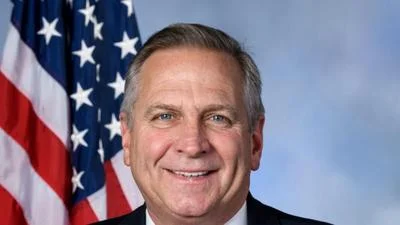Concord, Massachusetts, A new National Park Service (NPS) report shows that 964,331 visitors to Minute Man National Historical Parkin 2015 spent $55,218,800 in communities near the park. That spending supported 821 jobs in the local area and had a cumulative benefit to the local economy of $78,188.,700.
"Minute Man welcomes visitors from across the country and around the world," said Superintendent Nancy Nelson. "We are delighted to share the story of this place and the experiences it provides. We also feature the park as a way to introduce visitors to this part of the country and all that it offers. Massachusetts alone has 16 National Park units which contributes $472,020,616 to the Massachusetts economy. National park tourism is a significant driver in the national economy, returning $10 for every $1 invested in the National Park Service, and it's a big factor in our local economy as well. We appreciate the partnership and support of our neighbors and are glad to be able to give back by helping to sustain local communities."
The peer-reviewed visitor spending analysis was conducted by U.S. Geological Survey economists Catherine Cullinane Thomas and National Park Service economist Lynne Koontz. The report shows $16.9 billion of direct spending by 307.2 million park visitors in communities within 60 miles of a national park. This spending supported 295,000 jobs nationally;252,000 of those jobs are found in these gateway communities. The cumulative benefit to the U.S. economy was $32 billion.
According to the 2015 report, most park visitor spending was for lodging (31.1 percent) followed by food and beverages (20.2 percent), gas and oil (11.8 percent), admissions and fees (10.2 percent) and souvenirs and other expenses (9.8 percent).
Report authors this year produced an interactive tool. Users can explore current year visitor spending, jobs, labor income, value added, and output effects by sector for national, state, and local economies. Users can also view year-by-year trend data. The interactive tool and report are available at the NPS Social Science Program webpage: go.nps.gov/vse.
The report includes information for visitor spending at individual parks and by state.
To learn more about national parks in Massachusetts and how the National Park Service works withMassachusetts communities to help preserve local history, conserve the environment, and provide outdoor recreation, go to www.nps.gov/Massachusetts.
Tags: economic impact jobs tourism local economy
Source: U.S. Department of the Interior, National Park Service






